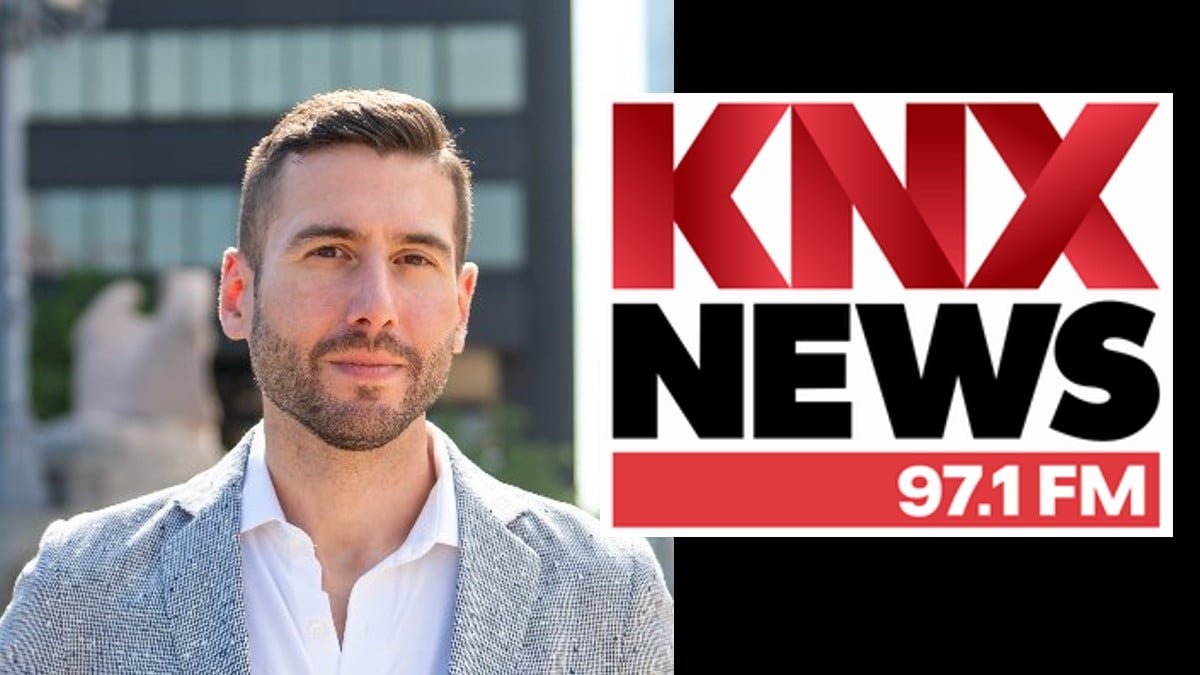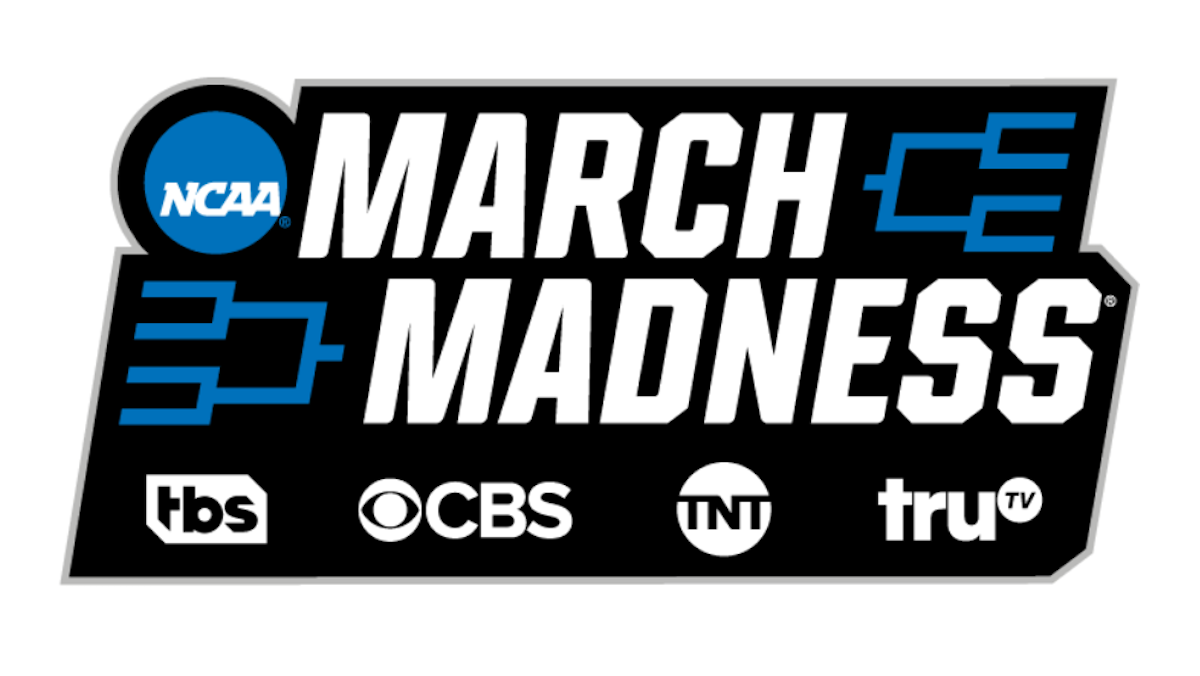After graduating with a degree in journalism you start sending out tapes and resumes. Both will land on the desk of a person who has read thousands of resumes and heard the same number of tapes. Alex Silverman has a ton of experience in the industry and recruiting journalists. He said there is one thing you can’t overlook: the cover letter.
Silverman said they’re not just a good idea, they can be the difference between you getting an interview and being passed over.
“When I’m recruiting, I want to see a strong cover letter,” Silverman said. “You, of course, want to hear who sounds good, but you also want to see who the good writers are. They shouldn’t be too wordy. I want them to get to the point in a way that shows me something about them. Show me you’ve done some baseline research on the position. What they want to get out of the experience.”
For six months, Alex Silverman has served as Director of News & Programming at KNX News 97.1 FM in Los Angeles. For the prior four years, he was Brand Manager and Program Director at KYW Newsradio in Philadelphia, after serving as assistant director of news and programming at WCBS Newsradio 880 in New York City.
After joining WCBS in 2011, he helped lead coverage of major news events in New York and around the country, including Hurricane Sandy, the Boston Marathon bombings, and the Orlando nightclub shooting.
His recent move from Philadelphia to the number two market in the country wasn’t something Silverman spent much time thinking about.
“I loved Philadelphia and hadn’t been thinking about making a move, but this job came open. KNX was an amazing opportunity.”
His move within the company was announced six weeks before he was scheduled to leave. Silverman figured that would be a good time to research the city and monitor the station.
“I talked to a lot of people so I could understand their position at the station,” he said. “It’s an amazing team with so much talent. I wanted the opportunity to learn something about each of them. It also didn’t hurt that I was driving cross country and needed something to occupy my time.”
L.A. wasn’t completely foreign to Silverman who had friends there and had visited regularly in the past.
“It’s a very cosmopolitan place with so many different personalities and transplants from all over the world. But still, like in Philly, there’s a lot of pride in local institutions.”
Silverman said the station’s research shows the L.A. audience is keen on local news. You can’t assume just because something in Philly worked one way, that the new station operates the same way.
“Here, you’re against a larger landscape. We’ve got the entertainment industry landscape. Traffic isn’t just traffic here, it’s a universal shared experience. Sensibilities are different, but in many ways, news is news.”
Silverman said when he arrived the station was not a fixer-upper. The previous PD is a bit of a legend in the business.
“Ken Charles was my predecessor,” Silverman said. “Everything was already operating at a high level. He deserves a lot of credit for taking this station to where it is today. Ken has been a mentor to me. We have a great relationship, and I’ve even learned from Ken from afar. He had programmed WSYR, the first station I ever worked for.”
Digital production is of importance to Silverman as it should be to every radio station. Getting people to know what the station is doing digitally and where to find it is a big challenge.
“We’ve got to meet the audience where they are. We are with them when they’re getting ready for work, on their smart speakers. We’re on their phones on the Audacy app when they’re out for a walk.”
Silverman said he needs listeners to understand what the station does is relevant to them at that moment. He said someone can tell Alexa or Google to ‘Play KNX News.’
The challenge will be on a couple of fronts.
“It’s our job to get people to understand we’re not just FM and AM,” Silverman explained. “Our market research has informed us the city has a strong appreciation for what we do. They say we’re relevant to their lives with our news coverage. These relationships were built over time.”
Silverman said they source their news. They are on the phone with the California Highway Patrol and inform listeners why they’re stuck on the 405.
“We’re covering stories beyond what you’re hearing on other stations. Craig Fiegener — one of our reporters — has been doing an in-depth series tracking the new mayor Karen Bass, and whether she’s fulfilling her promises on dealing with homelessness. We’re the only one doing that. It’s on a special page on the website. Our goal is to create interesting content. Make sure people know it’s available wherever they go.”
Silverman doesn’t dictate coverage assignments, but he’s involved. Throughout the day he and his staff stay in the loop and see what they’re doing.
“We have an incredible news director, Julie Chin, and she handles who and what we’re covering,” he said. “I’ll look at the higher level of our reporting in terms of what we should be focusing on. One big focus of mine is making sure reporters are investing in deeper stories. Less formulaic. To go beyond the 45- second story.”
Silverman was born in Central New Jersey. Syracuse University was an easy choice given its location. He’d also learned about the quality of the broadcast journalism school.
“It was a great place to start, a small enough market that I could get an on-air job while I was in school. I was lucky. I was doing essentially what I do now while I was still in college.”
It’s no secret fewer universities are still offering journalism as a degree track.
“It’s getting harder and harder across the industry to recruit journalists. That’s particularly true in radio. Fewer people are getting into the industry, especially when it comes to off-air roles.”
Silverman said it’s hard to pinpoint one specific reason for the trouble in finding recruits. He suggested it could be general attitudes toward the business.
He was also an adjunct instructor at Fordham teaching social media and journalism.
“When I was a reporter and anchor in New York, I became interested in teaching,” Silverman said. “They let me design the course from the ground up. Social Media for Journalists. It was a fascinating experience. Teaching has helped me in the sense of what was on people’s minds. The mindset of people who were a generation behind me.”
Silverman said he always knew he wanted to be in radio. He is fascinated with the medium and can pinpoint why.
“We always had the radio on in the car when I was growing up,” he said. “The intimacy of radio touched something in me – that you could be listening to someone and picturing what the person looks like. Imagine them right there talking only to you.”
Growing up in New Jersey, Silverman used to listen to Wayne Cabot. He was an afternoon guy for many years and now is the morning anchor on WCBS 880.
“Wayne is one of the people you want to emulate,” Silverman said. “He’s one of the nicest guys you could meet and an incredible broadcaster. He was responsible for my getting a job at WCBS. I had emailed him out of the blue and he invited me to the station. He listened to my material, and he was kind enough to become a mentor. He didn’t have to do that.”
At school, Silverman became the GM of WJPZ, the student-operated station. Silverman called it an informative experience. He was essentially doing what he does today while still in school.
“I was overseeing more than 100 student volunteers,” he explained. “I was suddenly responsible for everything at a licensed radio station. I had to learn the engineering side. I still go back to Syracuse to work with the students and help on the technical side. For me, it’s a sense of giving back.”

Jim Cryns writes features for Barrett News Media. He has spent time in radio as a reporter for WTMJ, and has served as an author and former writer for the Milwaukee Brewers. To touch base or pick up a copy of his new book: Talk To Me – Profiles on News Talkers and Media Leaders From Top 50 Markets, log on to Amazon or shoot Jim an email at jimcryns3_zhd@indeedemail.com.







